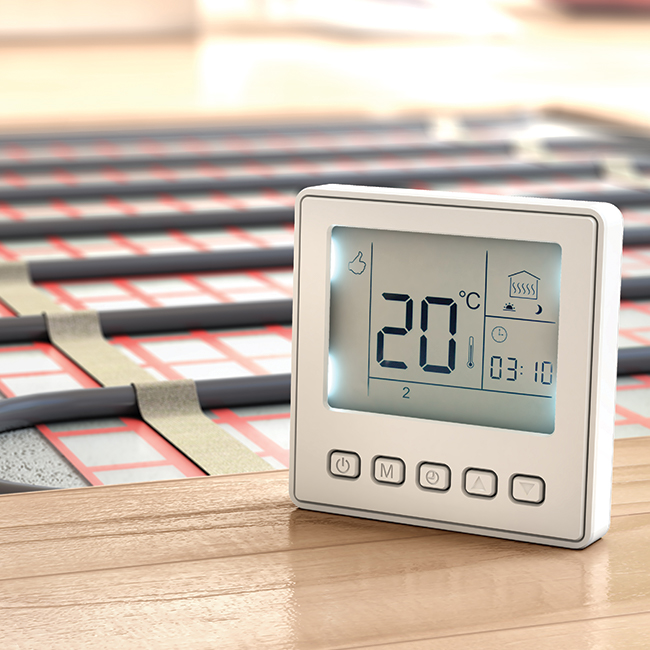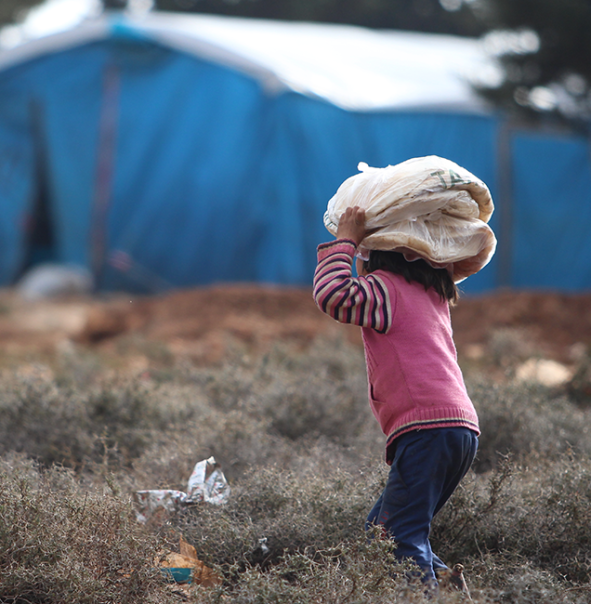From Central Heating Boiler to Sustainable Heat: Two Visions of the Future for a Warm Dutch Built Environment in 2030
From Central Heating Boiler to Sustainable Heat: Two Visions of the Future for a Warm Dutch Built Environment in 2030
Milieudefensie approached Ecorys in September 2017 asking how the Netherlands could “switch fairly” from natural gas to sustainable heat.
In view of the international climate agreements from Paris, the climate ambitions from the new coalition agreement and the growing need to become less dependent on natural gas, this question is socially relevant.
To provide the client with the correct information, Ecorys has investigated the effects of making the low temperature heat demand more sustainable (with a focus on the housing market) of the Dutch environment. A large number of heat supply solutions have been integrally balanced against each other. In order to be able to calculate the most technically and economically efficient interpretation of this assessment, we have used the spatial energy calculation model of the Netherlands Environmental Assessment Agency: the VESTA + model.
Three scenarios have been calculated:
- The reference scenario – to visualize the effects of the current and intended policy
- The low-hanging fruit scenario – to find the neighbourhoods where it is already possible with “light support” to switch to sustainable heat
- The target scenario – to find the conditions under which 80% of Dutch homes should be technically and economically possible to switch from natural gas to sustainable heat
To provide insight into the financial challenge of the required investments for households, we have linked the results from calculations of data from Statistics Netherlands; about the income and energy consumption of Dutch households. The results of our research conclude that even when homeowners have sufficient assets to invest, switching to an alternative to natural gas will be a major challenge.

10 April 2019
1 minute read
Sectors
Key Experts
Harry van Til
Principal Consultant



